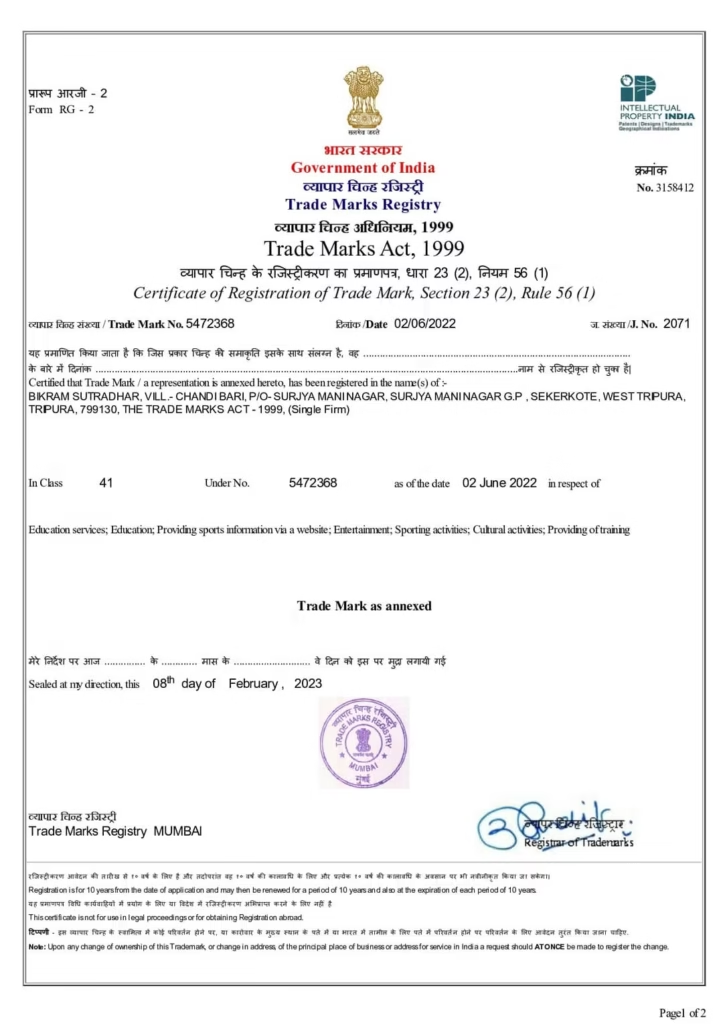Chapter 3: Genetics – Some Basic Essential Fundamentals & Key Concepts | Class 10 Biology Question set 🚀🔬

Chapter 3: Genetics – Some Basic Essential Fundamentals & Key Concepts | Class 10 Biology Question set 🚀🔬
sirbikramsutradhar Bikram Sutradhar GrandMaster Bikram Sutradhar bAstronautWay Genetics ICSE ICSE CLASS 10
Chapter 3: Genetics – Some Basic Essential Fundamentals & Key Concepts | Class 10 Biology Question set 🚀🔬

Check 1
Question 1: True or False
(i) Are genetics and heredity identical concepts?
(ii) Does the phrase “Like begets like” apply exclusively to animals?
(iii) Do all humans exhibit variations?
Question 2: Genetic Traits in Humans
Identify which of the following characteristics in humans are inherited genetically (mark the correct ones):
(i) Ability to become a skilled cricketer
(ii) Presence of curly hair
(iii) Left-handedness
(iv) Quality of voice
(v) Red-green color blindness
Check 2
Question 1: Chromosome Count
(i) How many pairs of chromosomes are present in each human body cell?
(ii) What is the number of autosomal chromosome pairs in a single human cell?
Question 2: Only Daughters – Explanation
A couple has four consecutive daughters but no sons. Does this indicate that the husband lacks Y-bearing sperm? Justify your answer.
Check 3
Question 1: Unit of Heredity
What is the fundamental unit of heredity?
Question 2: Define the Following
(i) Allele
(ii) Dominant gene
(iii) Genotype
(iv) Phenotype
(v) Recessive gene
Question 3: Homologous Chromosomes Count
State the number of homologous chromosome pairs in:
(i) A human female
(ii) A human male
Question 4: Heterozygous Recessive
Is it possible to have a heterozygous recessive genotype? Explain.
Question 5: Observable Traits in Humans
Mention four human traits that can be easily studied by observation and family charting.
Check 4
Question 1: Genetics Discovery
Who was the first to establish the fundamental principles of genetics?
Question 2: Mendel’s Study Organism
Provide the common and scientific names of the plant studied by Gregor Mendel.
Question 3: Differentiate Between the Following
(i) Monohybrid vs. Dihybrid cross
(ii) Genotype vs. Phenotype
(iii) Character vs. Trait
(iv) Dominant vs. Recessive allele
(v) Autosomes vs. Sex chromosomes
Question 4: Characteristics of Pea Pod
List two traits of a pea pod along with their alternate forms.
Multiple-Choice Questions
- What is the phenotypic ratio of a monohybrid cross in the F₂ generation?
a) 3:1
b) 1:2:1
c) 2:2
d) 1:3 - Crossing a pure tall plant with a pure dwarf plant results in offspring that are:
a) All tall
b) All dwarf
c) 3 tall, 1 dwarf
d) 50% tall, 50% dwarf - The 9:3:3:1 dihybrid ratio arises due to:
a) Segregation
b) Crossing over
c) Independent assortment
d) Homologous pairing - A plant with genotype Ggss (green pods, smooth seeds) will produce the following gametes:
a) Gg and Ss
b) Gs and ss
c) Gs and gs
d) Gg and gs - Color blindness is classified as:
a) A recessive X-linked disorder
b) A dominant Y-linked disorder
c) A recessive Y-linked disorder
d) A dominant X-linked disorder - The observable expression of a trait is known as:
a) Genotype
b) Alleles
c) Phenotype
d) Traits - The idea of “gamete purity” is linked to: :
a) Law of dominance
b) Law of independent assortment
c) Law of segregation
d) Law of limiting factor - The phenotypic ratio of a dihybrid cross in the F₂ generation is:
a) 9:3:1:1
b) 9:1:3:1
c) 9:1:3:3
d) 9:3:3:1 - In human males, a sperm carries autosomes along with:
a) X and Y chromosomes
b) Only the X chromosome
c) Either X or Y chromosome
d) Only the Y chromosome - If a normal mother has children with a hemophilic father, their daughters will be:
a) Normal
b) Hemophilic
c) Carriers
d) None
Very Short Answer Questions
- Match Pair the following terms with their corresponding definitions::
| Column I (Term) | Column II (Definition) |
| a) Genetics | (i) Study of inheritance patterns |
| b) Autosomes | (ii) Chromosomes that are not sex-linked |
| c) Recessive gene | (iii) A gene expressed only in the absence of a dominant allele |
| d) Allele | (iv) Different forms of a gene |
| e) Homologous chromosomes | (v) Chromosomes similar in size and structure |
- Name two genetic disorders found in humans.
- Identify which of the following genotypes represent homozygous dominant and homozygous recessive for tongue rolling: Rr, rr, RR.
Short Answer Questions
- Correct the following statements by modifying the first or last word:
a) Duplicated chromosomes remain connected at a structure called the centrosome.
b) The complete set of DNA in an organism is termed as genetics.
c) A characteristic that can be passed from one generation to another is known as heredity..
d) Terminal flower position is a dominant trait in pea plants.
e) Different versions of a gene are referred to as traits. - Lions, tigers, and domestic cats all have 38 chromosomes, yet they appear different. Why?
- List three features of the garden pea plant along with their dominant and recessive traits.
- Explain why color blindness is more common in males than in females.
Descriptive Questions
- Define the following terms:
a) Pedigree chart
b) Variation
c) Mutation - State and explain the three Mendelian laws of inheritance.
- Does the father determine the sex of the child, or is it a random occurrence? Discuss.
- Differentiate between the following:
a) Karyotype vs. Karyokinesis
b) Autosomes vs. Sex chromosomes
c) Homozygous vs. Heterozygous chromosomes
Structured/Application-Based Questions
- In a species where black fur (B) is dominant over brown fur (b), predict the offspring’s genotype and phenotype when both parents have heterozygous black fur (Bb).
- Consider two rabbit pairs (A and B) bred as follows:
a) Determine which coat color (black or white) is dominant.
b) Is coat color inheritance sex-linked? - Create a Punnett square to determine the genotypic and phenotypic ratios for:
a) A cross between a pure tall (TT) and a pure dwarf (tt) pea plant.
b) A cross between red (RR) and white (rr) flower varieties of pea plants.

Written By
Full Stack Developer and 5-Time World Record Holder, Grandmaster Bikram Sutradhar
bAstronautWay : A Government-Approved Trademark
SirBikramSutradhar on YouTube
SirBikramSutradhar is also a Government-Approved Trademark
More Story click the link









1 thought on “Chapter 3: Genetics – Some Basic Essential Fundamentals & Key Concepts | Class 10 Biology Question set 🚀🔬”